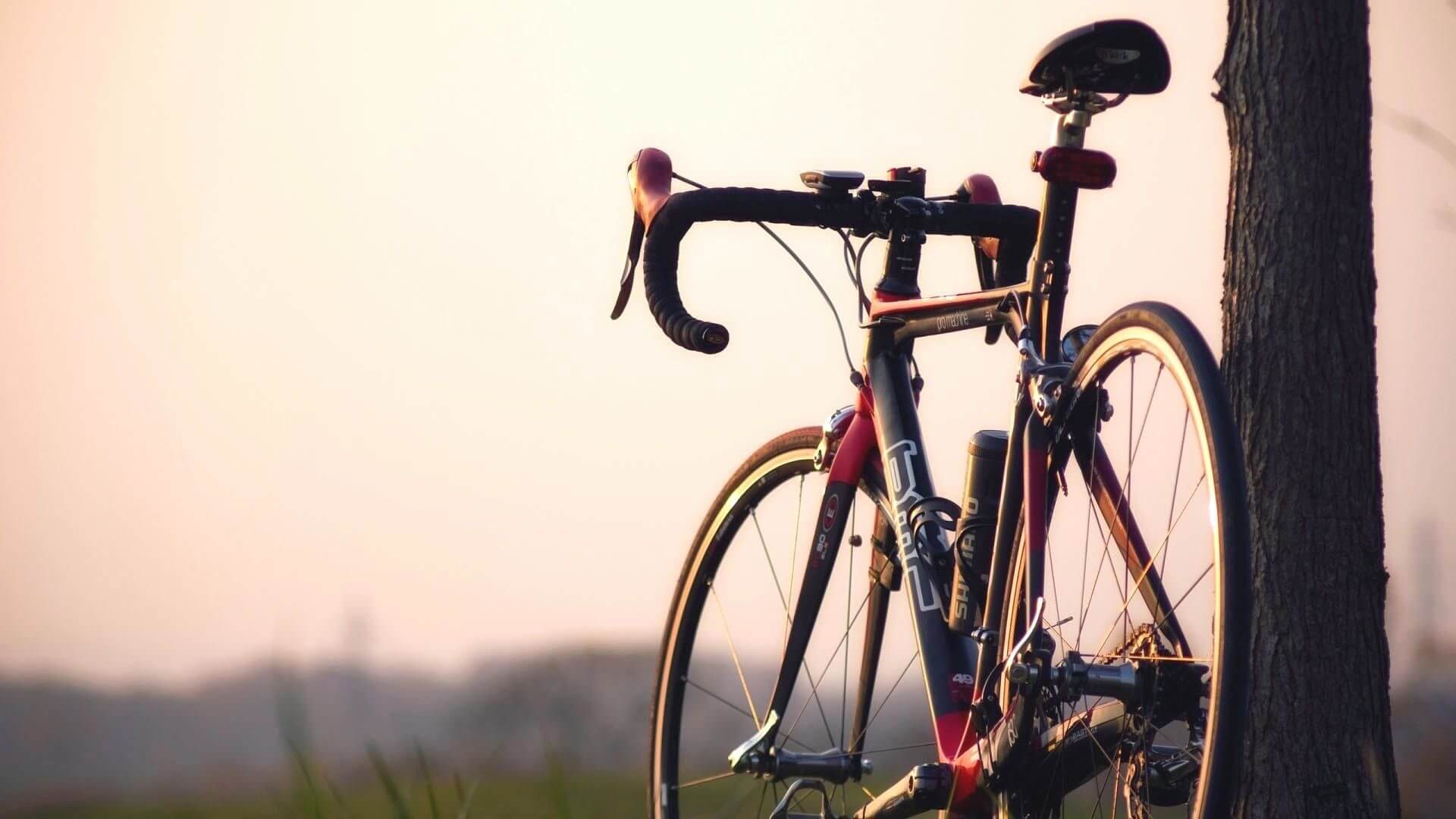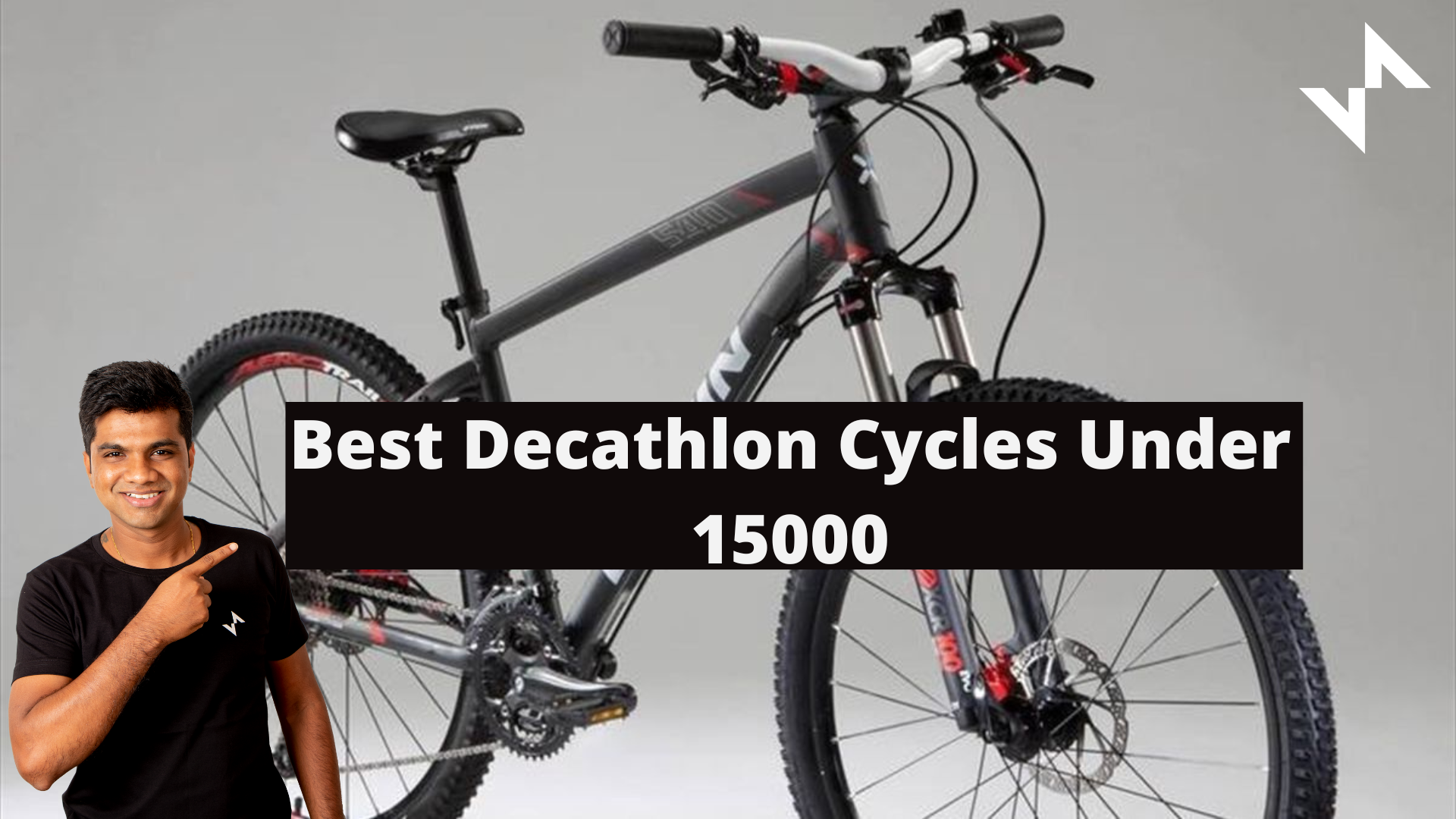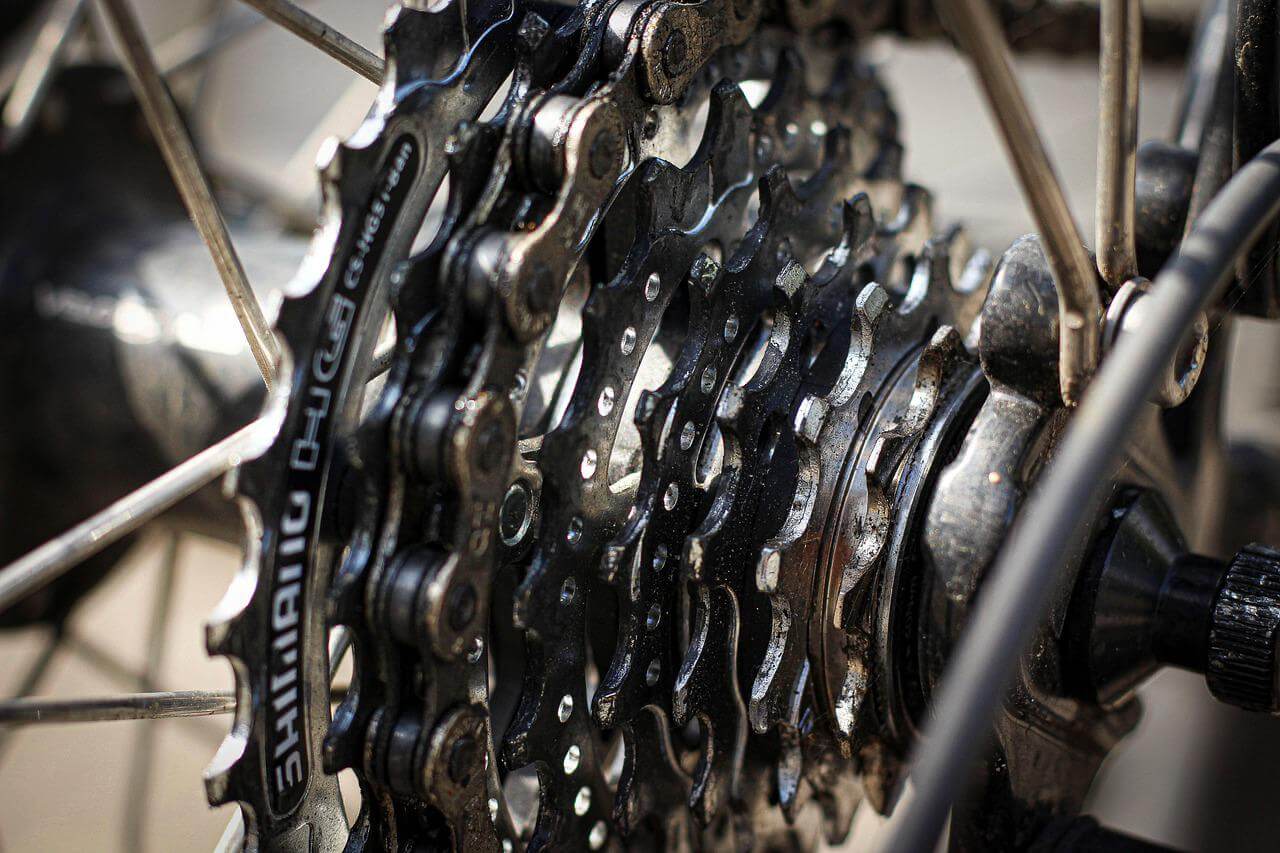We cyclist, care about carbon fibre and upgrades to enhance our bike rides and often forget about the little things that will make a whole lot of difference. One such small change is the necessity to ride your bike at the optimum tire pressure. While this certainly sounds easy, it is very complex.
But now, we will make it simple for you with these tire pressure tips. Here are five things you need to know about tire pressure-
Pressure fluctuates with the change in temperature:
We all know that gas expands when heated and contracts when the temperature decreases. This rise and fall in temperature occurs during the day and night, as well as seasonally. Hence, it is important to check your tire pressure. Regardless of the conditions you live in, it is a good practice to check your tire pressure before and after every ride.
Your pump gauge may not measure the pressure correctly:
It is very common to have a floor pump with a gauge. However, most of these floor pumps can be off by 10 psi or even more. If you have an MTB or a road bike, this small change in PSI can make a big difference, especial if you are dealing with low pressures. If you want to ensure you’re getting an accurate pressure reading, an independent gauge is a good way to check your pump.
You might be using too much:
Most of the times, especially newbies, are unaware of the tire pressure. As a result, they over-inflate the tires without reading the manufacturer’s recommendations. Every tire maker often prints the tire pressure on the tire sidewall that can be considered while inflating air. We recommend the same too. Do read the manufacturer’s recommendation before you inflating your tires.
It doesn’t affect rolling resistance nearly as much as you fear:
For years, we have known that a wide bicycle tire will roll at a faster rate at a given pressure. This is due to the less sidewall deflection. However, that’s not it. Lower tire pressure helps on rougher surfaces.
On unpaved roads, a high-pressure tire will deflect off the surface, creating higher rolling resistance than a lower-pressure tire that conforms to the imperfections.
Besides that, a large difference in the tire pressure in a given tire size will have a small impact on the rolling resistance. Relative to speed, rolling resistance increases linearly, as opposed to wind resistance, which is exponential.
You should adjust it according to tire volume:
Whether road or mountain, the tire volume matters a lot. If you are swapping from a 23 mm tire to a 25 or a 28 mm, you are increasing tire volume significantly. Hence, it is important to set the tire pressure according to the difference in the volume.
| Tire width | Volume difference to baseline (%) | Sample pressure |
| 700x23mm | Baseline – null | 100 psi |
| 700x25mm | 15% more | 85 psi |
| 700x28mm | 33% more than 23mm | 65-70 psi |
| Tire Width | Volume difference to baseline (%) | Sample pressure |
| 29 x 2.1 in | Baseline – null | 40 Psi |
| 20 x2.3 in | 18% more | 32.8 Psi |
| 27.5 x 2.8 in (new “Plus” size) | 41 % more | 23.6 Psi |
The above-mentioned tire pressure numbers are starting points to play with, not absolutes.
They’re a good general rule of thumb for how to think about tire pressure relative to size, but ultimately, what you end up with is going to be highly dependent on your riding style, your weight, and how you like your bike to ride.







